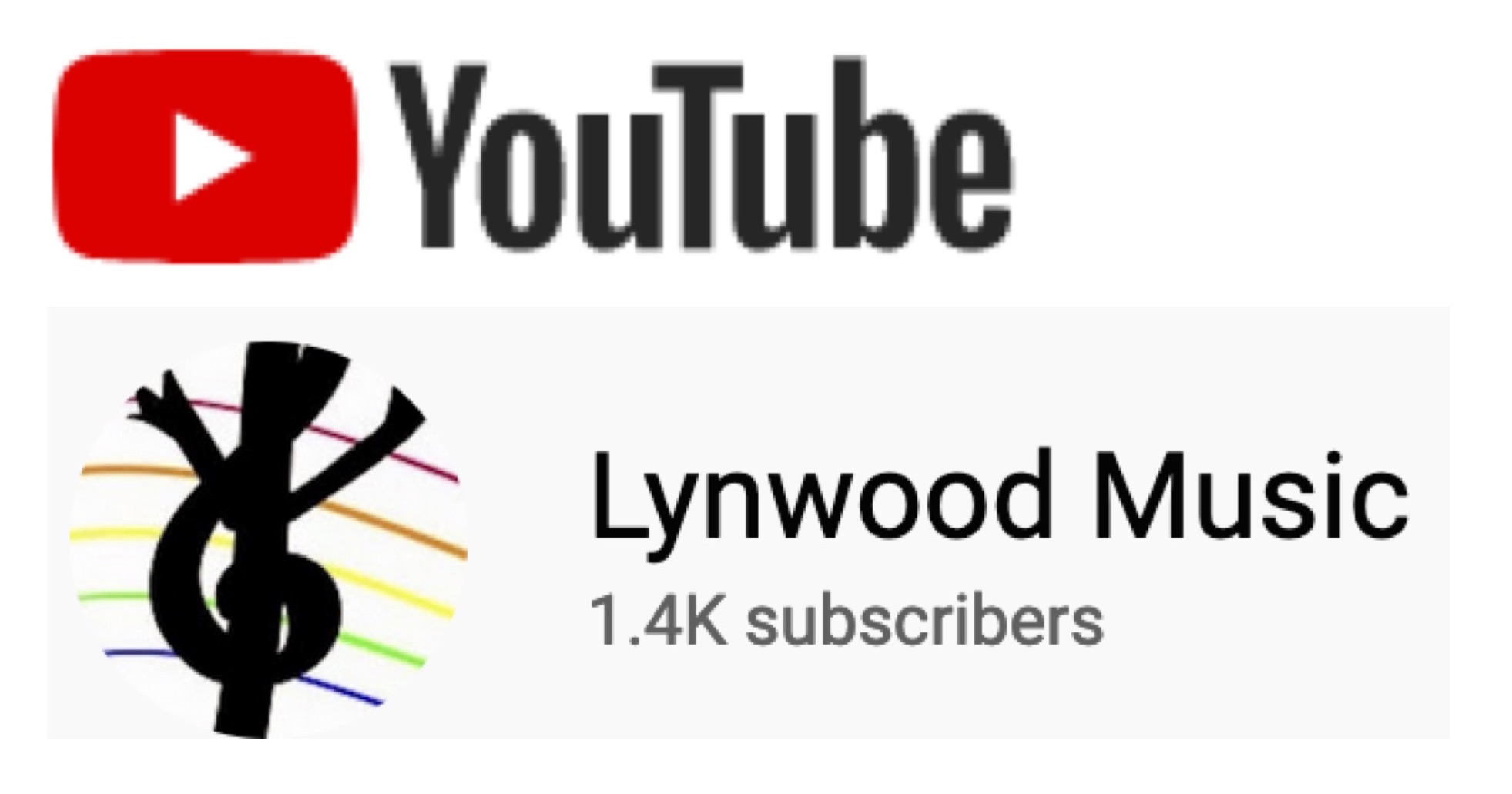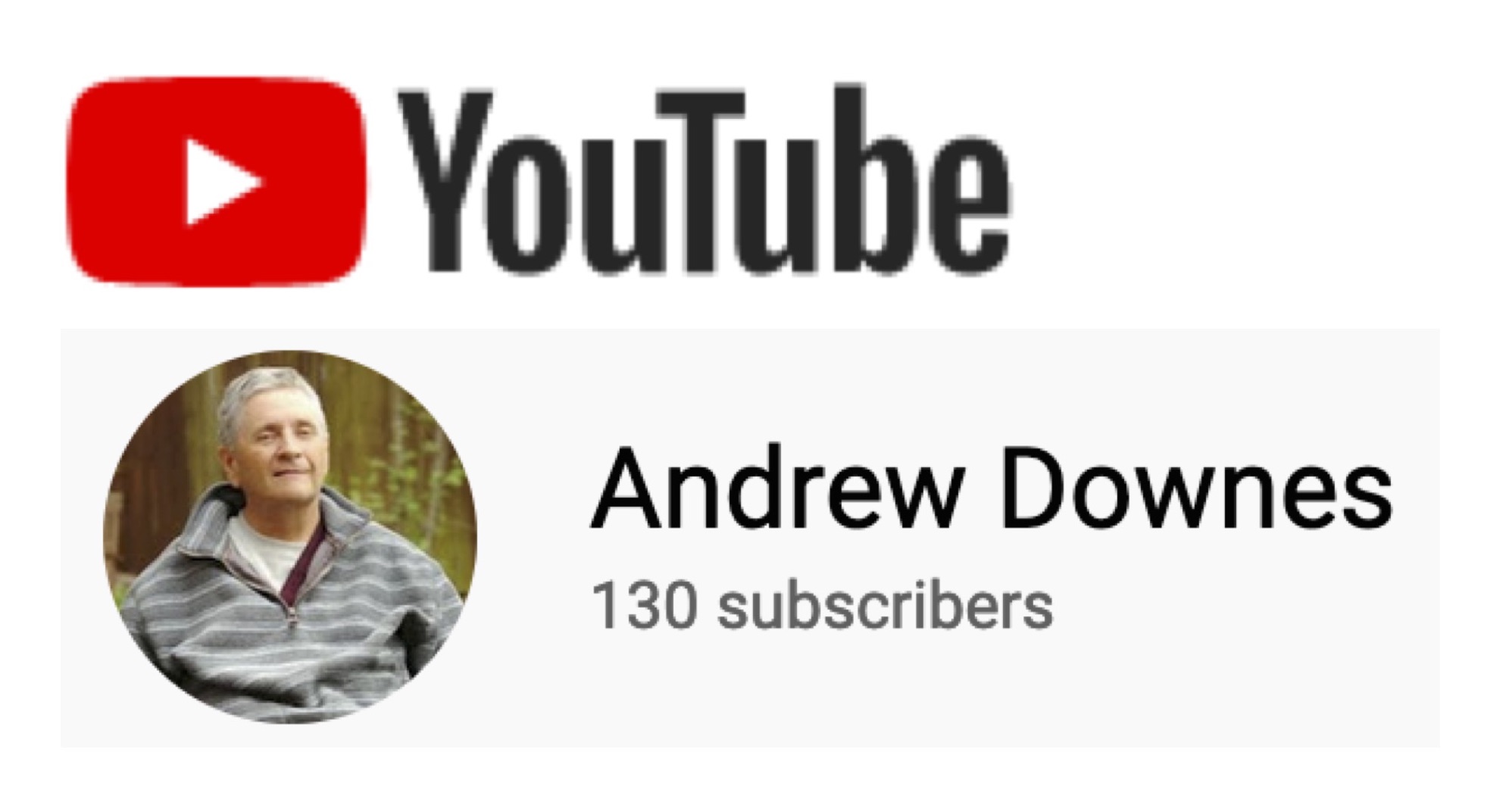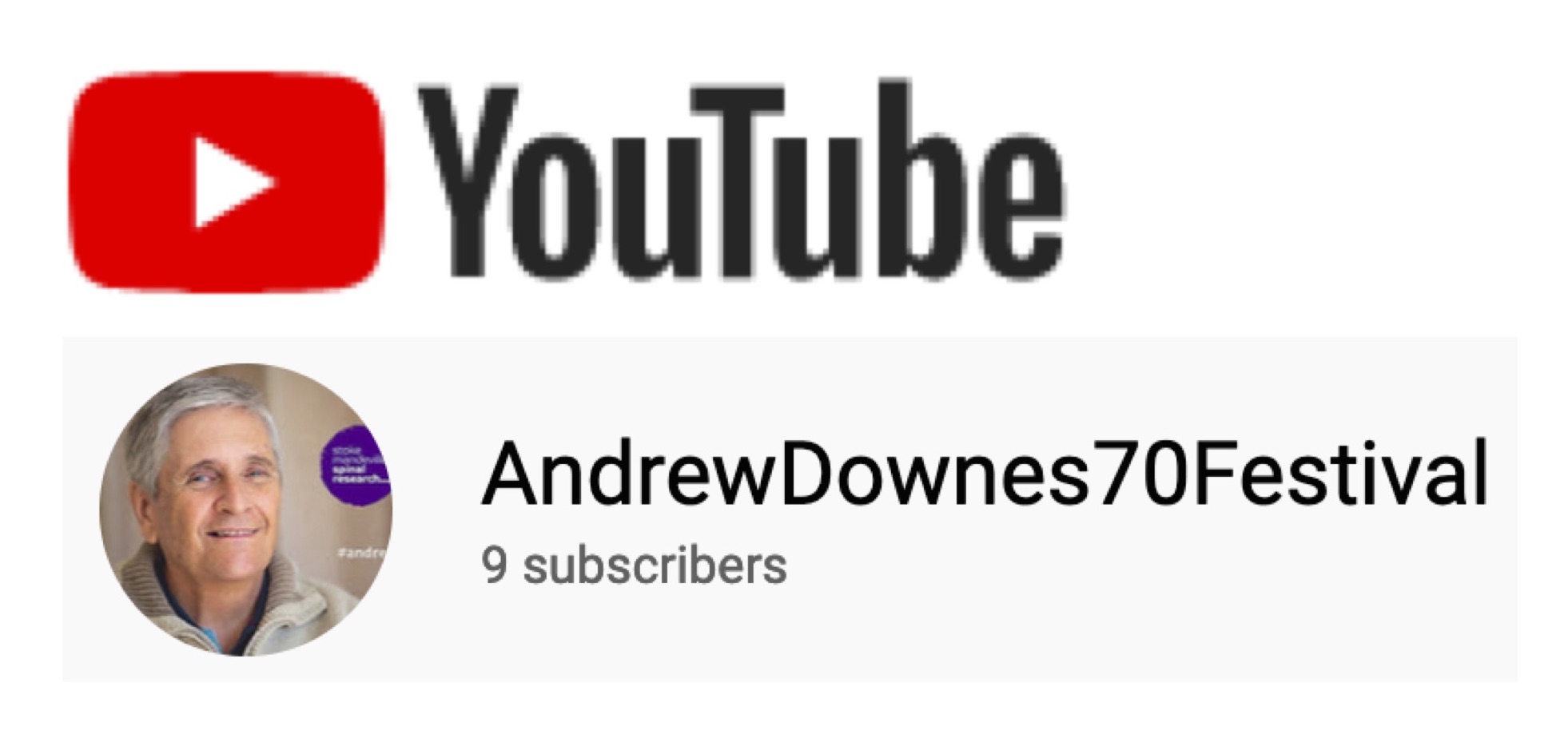Back to andrewdownes.com

Music Education
Resources by Paula Downes, a lot of music by Andrew Downes
New Year Bells
The eighth of eight cross-curricular lesson plans on Ballads for Christmas for Middle School, Secondary School, High School, KS3 children, with songs and animations, poetry analysis and writing, music analysis, art projects, documentary/film-making and more.
New Year Bells
Animation by Paula Downes, music by Andrew Downes, poetry by Alfred Tennyson.
The Poem
Ring out, wild bells, to the wild sky,
The flying cloud, the frosty light:
The year is dying in the night;
Ring out, wild bells, and let him die.
Ring out the old, ring in the new,
Ring, happy bells, across the snow:
The year is going, let him go;
Ring out the false, ring in the true.
Ring out the grief that saps the mind,
For those that here we see no more:
Ring out the feud of rich and poor,
Ring in redress to all mankind.
Ring out old shapes of foul disease;
Ring out the narrowing lust of gold;
Ring out the thousand wars of old,
Ring in the thousand years of peace.
Ring in the valiant man and free,
The larger heart, the kindlier hand;
Ring out the darkness of the land,
Ring in the Christ that is to be.
Poetry Background
The words of New Year Bells come from "Ring Out, Wild Bells", a poem by Alfred, Lord Tennyson. Published in 1850, the year he was appointed Poet Laureate, it forms part of In Memoriam, Tennyson's elegy to Arthur Henry Hallam, his sister's fiancé who died at the age of twenty-two.
The 'wild bells' were apparently the bells of Waltham Abbey Church. Tennyson was supposedly staying at High Beach nearby and heard the bells being rung. In some versions of the story it was a particularly stormy night and the bells were being swung by the wind rather than deliberately.
Watch this video of the bells at Waltham Abbey:
The Many Musical Settings of "Ring Out, Wild Bells"
This poem has been set to music by all kinds of musicians. In small groups, choose one setting and prepare a class presentation comparing it with Andrew Downes New Year Bells. Consider the following:
1. Accompaniment instrument or instruments
2. Number of voices singing, types of voices, and number of voice parts
3. The style of music
4. Is there a repetitive ostinato accompaniment to depict the bells?
5. Is there a lot of repetition in the music? What effect does this create?
6. Are any of the words repeated? Why do you think the composer has chosen to repeat these particular words?
7. Is there a musical climax in the song? Which words does the composer use for the climax? Why do you think the composer chose to do this?
7. Which setting do you prefer and why?
The ostinato accompaniment in this one is taken from Carol of the bells which you can listen to below.
Composition Task
Create your own setting of "Ring Out, Wild Bells". You can speak or sing and use any instruments you wish.
Home>Middle, Secondary, High School, KS3>Ballads for Christmas>New Year Bells
Home>Cross-Curricular>Ballads for Christmas>New Year Bells

Music Education
Resources by Paula Downes, a lot of music by Andrew Downes
Back to andrewdownes.com
Follow Cynthia Downes on Instagram to keep up-to-date with her blog posts.
If you have performed in any of Andrew Downes' works or come to listen, please share your experiences in the Premieres Blog! Also see what others have said. Thank you so much for your contribution.


